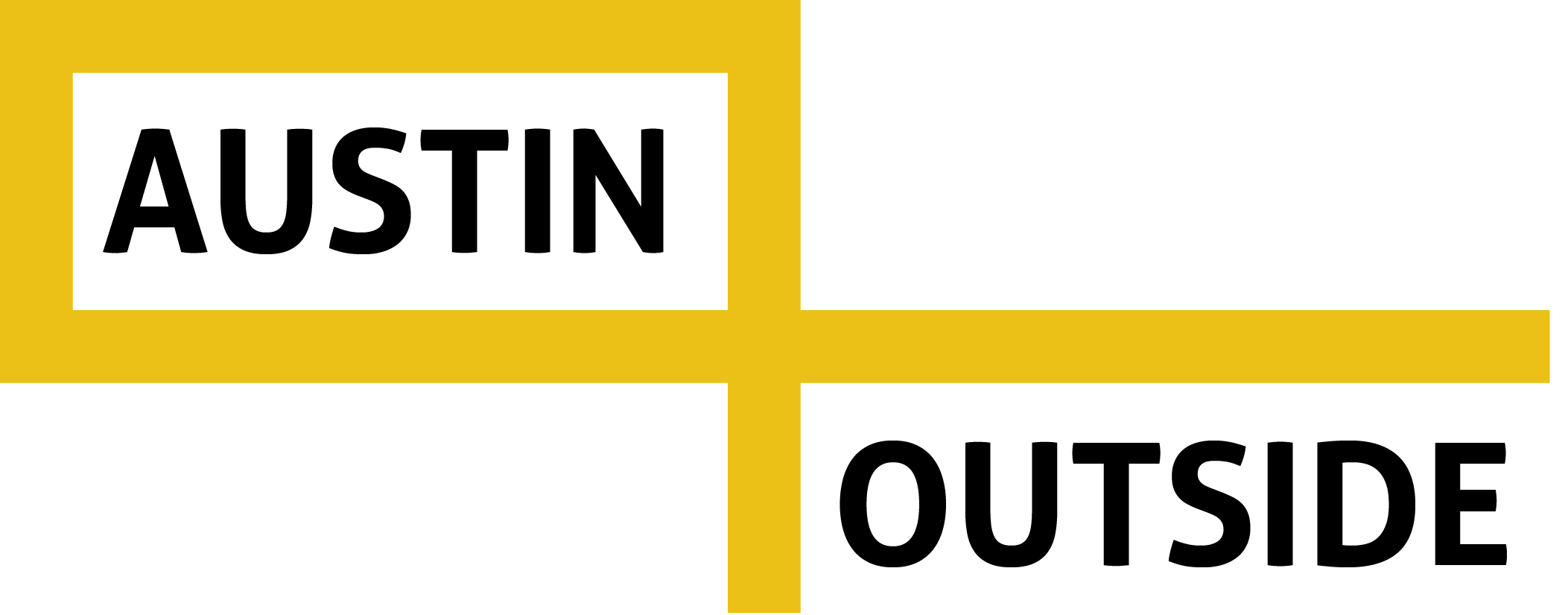ORGANIZATIONS CALL FOR “SLOW STREETS” PROGRAM TO ADDRESS COVID-19 PANDEMIC
Program would prioritize safe walking and bicycling on neighborhood streets, while still allowing local traffic, to address the mental and physical health impacts of the pandemic and the shelter-in-place order
AUSTIN, TX - An unprecedented coalition of over 30 organizations* representing parks and trails, mobility, mental health, people with disabilities, faith-based, and neighborhood constituents are applauding the City of Austin for its strong leadership and swift action in the face of the COVID-19 pandemic. As an essential next step, the coalition is urging Austin to join other cities across the US and immediately create an emergency “Slow Streets” program. This program will prioritize safe, socially-distanced walking and bicycling on non-arterial, non-transit neighborhood streets in all City Council districts while still allowing access for local traffic.
Says Adam Greenfield, Walk Austin Board President, “We need Slow Streets now. By allowing people to exercise safely near home, this crucial measure will mitigate public mental and physical impacts, reduce potential virus transmission, relieve pressure on parks and trails, and increase community resilience.”
“Communities know their streets best so we’re inviting the public to help roll this out quickly and successfully by showing support and by nominating neighborhood streets as potential Slow Streets (see petition at https://actionnetwork.org/petitions/slow-streets-atx/)”, says Joanna Wolaver, Board President of Austin Outside. Potential streets could run for multiple blocks and connect to form a cross-town network. The City and the community are asked to consider equity so that underserved communities particularly impacted by the pandemic can employ Slow Streets as a mitigation tool.
The coalition is also asking the City to implement a further slate of transportation-related measures to address the sudden rise in dangerous vehicle speeds and increased pedestrian and bicycle activity:
Create temporary bicycle lanes on Congress Avenue north of Riverside Drive to the State Capitol
Reallocate partial/full road space for walking and bicycling on other currently unsafe streets and near crowded trails/sidewalks, as was recently enacted on Riverside Dr and on the Longhorn Dam bridge
Disable pedestrian push buttons at intersections and automate crossing phases to eliminate the need to touch surfaces, while still catering for the needs of those with disabilities
Implement Lead Pedestrian Intervals (LPIs) beyond downtown
Retime traffic lights citywide to discourage speeding and reduce pedestrian crowding at intersections
------
*Coalition organizations: Walk Austin (lead organization), Austin Outside, Austin Parks Foundation, The Trail Foundation, Shoal Creek Conservancy, Hill Country Conservancy, Pease Park Conservancy, UMLAUF Sculpture Garden and Museum, Austin Youth River Watch, Scenic Austin, Blunn Creek Partnership, Generation SERVE, MoveATX, Bike Austin, Ghisallo Cycling Initiative, Yellow Bike Project, Farm&City, Vision Zero ATX, Central Texas Families For Safe Streets, Red Line Parkway Initiative, Environment Texas, Congress For the New Urbanism Central Texas, Creating Common Ground, Black + Vernooy Architects, Reconnect Austin, UT Austin Community and Regional Planning Student Organization, Deaf-Blind Service Center of Austin, Alzheimer’s Association Capital of Texas, Stronger Austin, Mobile Loaves & Fishes, Blackland Community Development Corporation
